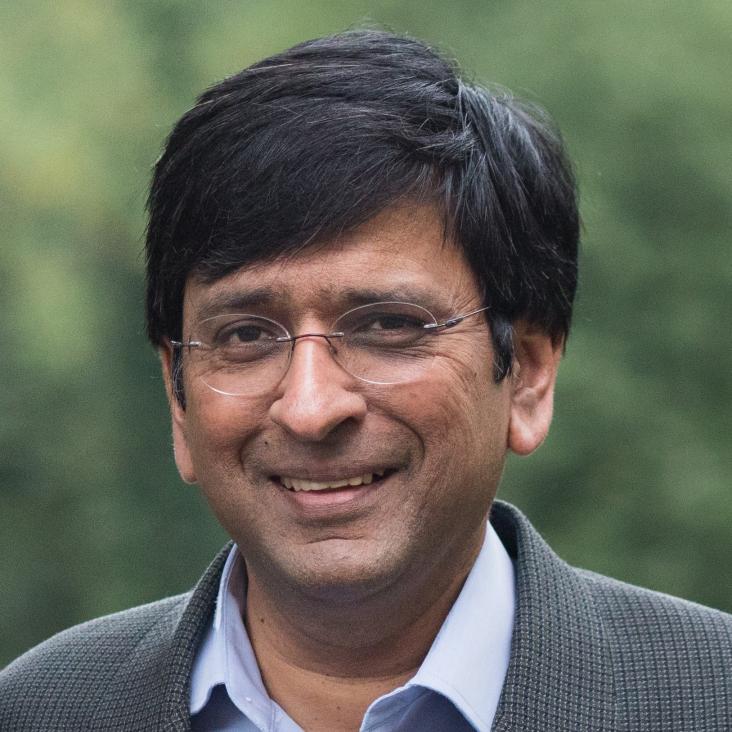Observation of Time-Crystalline Eigenstate Order on a Quantum Processor
(2021)
Authors:
Xiao Mi, Matteo Ippoliti, Chris Quintana, Ami Greene, Zijun Chen, Jonathan Gross, Frank Arute, Kunal Arya, Juan Atalaya, Ryan Babbush, Joseph C Bardin, Joao Basso, Andreas Bengtsson, Alexander Bilmes, Alexandre Bourassa, Leon Brill, Michael Broughton, Bob B Buckley, David A Buell, Brian Burkett, Nicholas Bushnell, Benjamin Chiaro, Roberto Collins, William Courtney, Dripto Debroy, Sean Demura, Alan R Derk, Andrew Dunsworth, Daniel Eppens, Catherine Erickson, Edward Farhi, Austin G Fowler, Brooks Foxen, Craig Gidney, Marissa Giustina, Matthew P Harrigan, Sean D Harrington, Jeremy Hilton, Alan Ho, Sabrina Hong, Trent Huang, Ashley Huff, William J Huggins, LB Ioffe, Sergei V Isakov, Justin Iveland, Evan Jeffrey, Zhang Jiang, Cody Jones, Dvir Kafri, Tanuj Khattar, Seon Kim, Alexei Kitaev, Paul V Klimov, Alexander N Korotkov, Fedor Kostritsa, David Landhuis, Pavel Laptev, Joonho Lee, Kenny Lee, Aditya Locharla, Erik Lucero, Orion Martin, Jarrod R McClean, Trevor McCourt, Matt McEwen, Kevin C Miao, Masoud Mohseni, Shirin Montazeri, Wojciech Mruczkiewicz, Ofer Naaman, Matthew Neeley, Charles Neill, Michael Newman, Murphy Yuezhen Niu, Thomas EO' Brien, Alex Opremcak, Eric Ostby, Balint Pato, Andre Petukhov, Nicholas C Rubin, Daniel Sank, Kevin J Satzinger, Vladimir Shvarts, Yuan Su, Doug Strain, Marco Szalay, Matthew D Trevithick, Benjamin Villalonga, Theodore White, Z Jamie Yao, Ping Yeh, Juhwan Yoo, Adam Zalcman, Hartmut Neven, Sergio Boixo, Vadim Smelyanskiy, Anthony Megrant, Julian Kelly, Yu Chen, SL Sondhi, Roderich Moessner, Kostyantyn Kechedzhi, Vedika Khemani, Pedram Roushan


